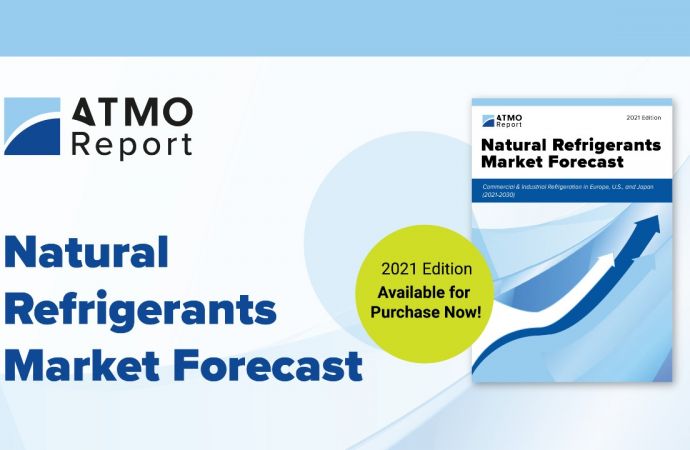The organization is testing flammable refrigerants identified as possible replacements for high-GWP HFCs being phased down under the Montreal Protocol.

In a bid to identify suitable replacements for high-GWP HFCs being phased down under the Montreal Protocol, industry association the Air-Conditioning, Heating and Refrigeration Institute (AHRI) on 13 June issued an A2L research report as part of its ongoing testing of flammable refrigerants.
The research and testing program is part of a US$ 5.2 million commitment on the part of AHRI, ASHRAE, U.S. Department of Energy, and the California Air Resources Board to further test in real-world settings low-GWP, but mildly flammable or flammable, refrigerants.
"The ongoing global effort to phase down the use of high-GWP potential refrigerants requires this vital research, which will help us update relevant codes and standards so that appropriate, climate-friendly alternatives can be safely used in air conditioning and refrigeration equipment," said Karim Amrane, AHRI's Senior Vice-President, Regulatory & Research.
The report – ‘Benchmarking Risk by Whole Room Scale Leaks and Ignitions Testing of A2L Refrigerants’ – was developed following testing at UL, which began in June 2016. The objective was to conduct refrigerant leak and ignition testing under real-world conditions to develop data and insight into the risk associated with the use of A2L refrigerants, which are mildly-flammable, but have a low-GWP.
The ongoing global effort to phase down the use of high-GWP potential refrigerants requires this vital research, which will help us update relevant codes and standards.”
– Karim Amrane, AHRI
Room-scale tests were performed for commercial and residential scenarios, including a packaged terminal air conditioner in a motel room, a rooftop unit in a commercial kitchen, a walk-in cooler, a reach-in refrigerator in a convenience store, a split HVAC unit in a utility closet and with servicing error, and a split HVAC unit with hermetic electrical pass-through terminal failure.
“The testing was designed to create relatively low-probability events to evaluate if the ignition spread or had the potential to spread if ignition took place," said Amrane. "This means that more refrigerant was leaked into the space during these tests than what is proposed by the standard. In other words, a worst-case scenario.”
Further tests are planned, the results of which will be released when they are available.
Related stories



